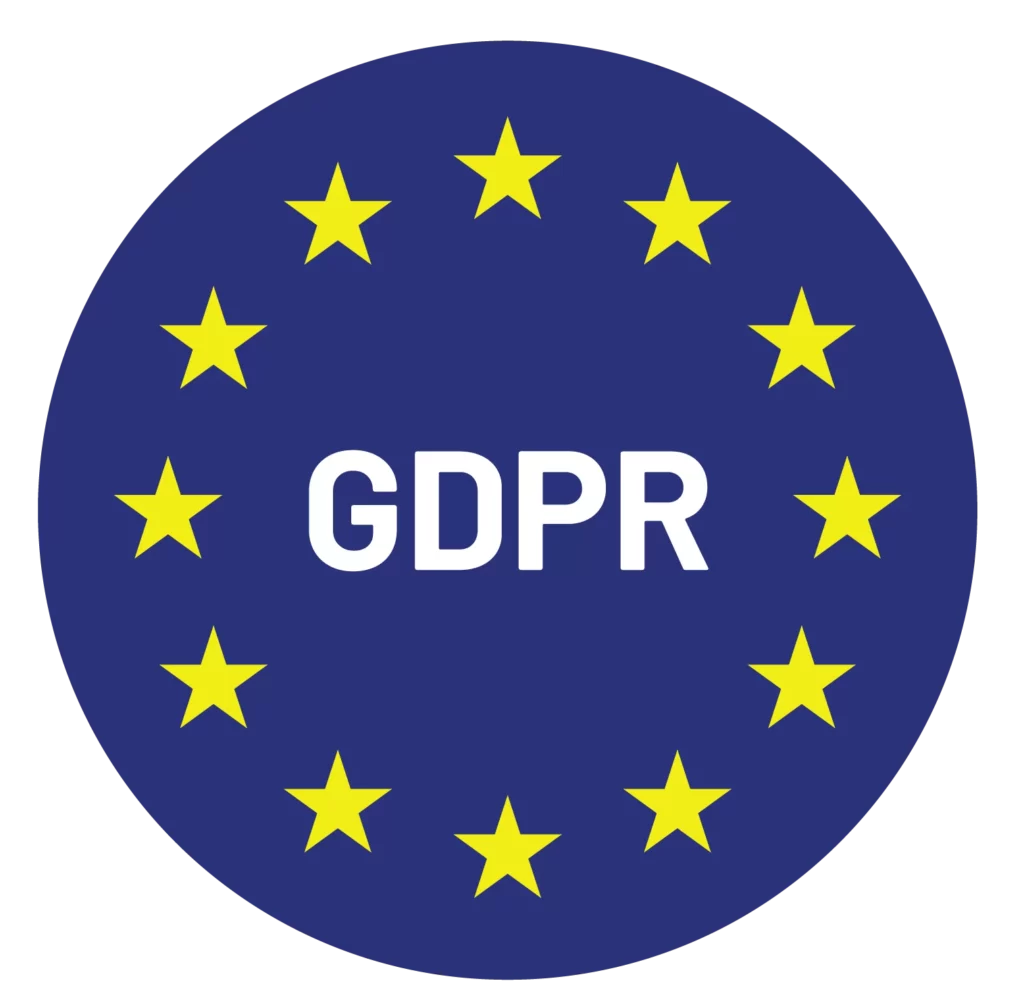As perhaps one of the absolute core elements of coaching, goal setting is crucial to help clients gain direction and motivation in working towards their desired outcomes.
But why is goal setting in coaching so important? How does it truly benefit coaching clients?
Well, without goal setting, coaching would be akin to meandering around without a clear purpose. Simply put, by understanding the significance of goal setting, coaches can better assist their clients in setting achievable goals that propel them forward.
Let’s explore the importance of goal setting before we dive into the effective strategies that coaches can employ to support their clients in this process.
The Importance of Goal Setting
- Brings clarity and focus to the journey: Setting goals provides clients with a clear sense of direction. It allows them to define their objectives and chart a course towards achieving them. Think of a goal as a compass, guiding your client’s actions and decisions, ensuring that they stay on track and make progress in a purposeful manner.
- Helps measure progress: Goals offer a means to measure and track progress. By breaking larger goals into smaller milestones, an individual can monitor their advancements and celebrate their achievements along the journey. The ability to tangibly see progress towards end goals helps keep clients motivated and provides a sense of accomplishment.
- Helps people align with values and aspirations: Effective goal setting ensures that people’s goals are aligned with their values, passions, and long-term aspirations. If goals are meaningful and personally significant, people are more likely to be driven and invested in achieving them.
- Brings in accountability and responsibility: Setting goals is a great way of establishing a sense of accountability in clients, especially who tend not to follow through on their goals or tend to leave them midway. By working towards specific goals, clients can essentially gain ownership of their progress and actions.
- Catalyst for personal growth and development: As one strives towards their goals, they acquire new knowledge, skills, and experiences. This pursuit of goals pushes can push an individual outside their comfort zones, and act as a catalyst for self-discovery and facilitate continuous learning.
Now that we understand the importance of goal setting, let’s explore how you can effectively assist your clients in setting goals they can achieve.
Helping Clients Set Achievable Goals
1. Listen actively
This is perhaps the most basic and essential part of getting the process of goal setting started. Asking open-ended questions can help you explore your clients’ values, passions, and long-term vision. This will give you an insight into their motivations and enable you to align their goals with what they truly value and stand for in their lives.
2. Analyse their preconceived theories
Take the time to examine the theories your client may have about what they should be doing. Where are these theories coming from? Are they valid? Are they aligned with their values and dreams?
Many of us are walking around with plenty of conscious and unconscious theories about who we are, how the world works, what we should be, and what we should do. In the process of goal setting, you can have your client interrogate those theories and chart out new ones that will govern their next chapter that’s in alignment with their (authentic) values.

Looking to Simplify Goal Setting?
With Simply.Coach, it’s all rather effortless. Try it yourself!
3. Break down goals
It is a well-known secret that breaking down huge goals into bite-sized goals can exponentially increase the chances of achieving them. Once the goals are set, from the larger goals, extract smaller goals and turn them into tangible action points for your client to aim for on a short-term basis. This will help prevent overwhelm around larger goals and make it more accessible to achieve them.
4. Be realistic
Help your client strike a balance between setting realistic goals and challenging ones. It’s important that your client creates the goals for himself/herself, but you must be the one to keep them in check – goals that are too easy may not inspire growth, while overly ambitious goals can be demotivating if they feel unattainable to your client.
You can encourage clients to stretch their limits while ensuring that their goals are also within reach. The optimal balance may vary from client to client, so taking the time to truly understand your client helps.
5. Identify potential obstacles
Help your clients identify potential obstacles or challenges that may arise in their time working with you. By anticipating these barriers, you can assist them in developing the right strategies and contingency plans that they can use to navigate, if not completely overcome, those challenges.
Having a plan will help prevent your client from completely derailing from their coaching journey.
6. Make use of tools & models
When it comes to assisting coaching clients in goal setting, the utilization of tools and coaching models can be quite valuable. These tools and models can serve as guiding compasses, ensuring clarity and structure throughout the goal-setting process.
By employing coaching tools such as SMART Goals (Specific, Measurable, Achievable, Relevant, Time-bound), clients can help themselves achieve those goals.
Additionally, coaching models like the GROW (Goal, Reality, Options, Will) model can provide a framework for exploring current realities, generating possible strategies, and developing action plans towards the successful achievement of goals.
These tools and models can enhance the coaching experience by providing clients with a systematic approach to goal setting, facilitating their progress and fostering a sense of accountability.
7. Follow up!
The significance of following up with clients to support them in goal setting cannot be overstated.
Setting goals is not an overnight task and it begins with introspection. Most people, however, also tend to procrastinate such a large task, so your role as coach involves bringing in accountability right from the goal-setting stage. Following up regularly is essential to ensure that clients bring insights and goals to the table so you can provide your feedback, and one way to do that is to downplay the significance of goal setting. A large task with great future impact can seem insurmountable to begin, but once a quick draft is down on paper (or rather in a virtual document), you as a coach have fodder to start lending direction or help them go back to the drawing board with insight.
By following these strategies, you can effectively guide your clients in setting goals that are realistic and achievable. Remember, goal setting in coaching is a collaborative process that needs to be tailored to each client’s unique needs and aspirations. By providing ongoing support, encouragement, and accountability, you can empower your clients to set meaningful goals and navigate their journey towards success.
Sources: Forbes, LinkedIn
FAQs
1. How do I help my clients set goals?
Coaches are goal-setting catalysts for their clients. You can start by really getting to know your clients, listening carefully to their dreams, desires, and values. It’s all about creating a safe space where the client can freely explore what they want.
You can then use those insights to provide them direction by asking insightful questions. The job of setting the goal (even simply sharing a first draft) is down to your client – having them work out their own goals while you help will increase their accountability towards achieving those goals. You can then review the goal and, once final, help transform those dreams into reality by setting goals and then breaking them down into smaller, doable action steps. Coaches often use techniques like SMART goals, which make sure the goals are specific, measurable, attainable, relevant, and time-bound.
2. How do you set goals in coaching sessions?
When it comes to goal setting in coaching sessions, the key is collaboration and clarity.
You can start by having an open and honest conversation where your client shares their aspirations, dreams, and vision. Really try to dig deep into understanding your clients’ values and what’s important to them. Once the goals are set, break them down into smaller, manageable, and quantifiable actions.
About Simply.Coach
Simply.Coach is an enterprise-grade coaching software designed to be used by individual coaches and coaching businesses. Trusted by ICF-accredited and EMCC-credentialed coaches worldwide, Simply.Coach is on a mission to elevate the experience and process of coaching with technology-led tools and solutions.
Read More:
From Manager to Master Coach With Jaya Bhateja
Investing Early: The Urgent Need to Coach Young Professionals, With Pradeep Sarin
Growing With the Flow – With Shruti Swaroop
Success Coaching: Who Is a Success Coach & How Do They Help?
7 Ways Public Speaking Opportunities Help You Get Coaching Clients

Content Marketing Manager @ Simply.Coach
Ipsita Nayak is a full-time writer-editor-content strategist and a part-time NLP coach and yoga teacher. She believes conventions are overrated, has a disproportionate need for solo time over social time, and loves a good mix of sci-fi and trashy TV in her free time!









